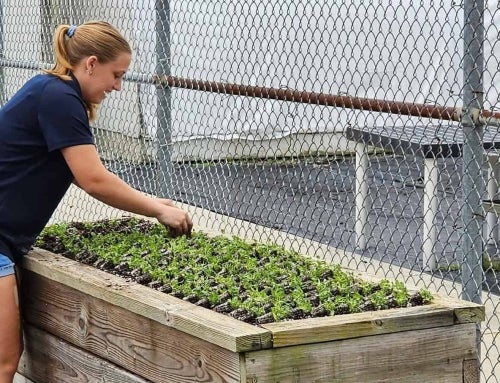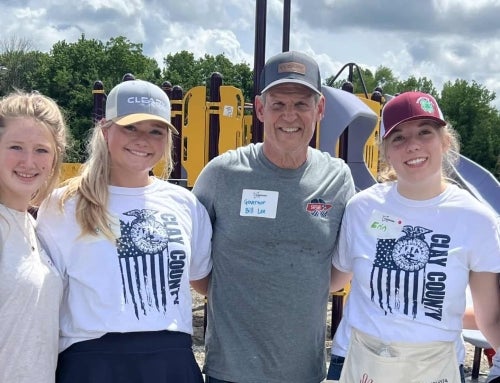Regenerative agriculture is a hot topic in agriculture. While there is no single definition for the management practice, think of it as a way to farm or ranch “in sync with nature, treating the environment like a business partner,” says Seth Gardner, an Academies of Loudoun FFA member in Leesburg, Va., who works for a pasture-based beef, pork, poultry and lamb operation as part of his SAE.
Regenerative farmers and ranchers aim to improve soil health by tapping into basic principles of nature to improve the overall function and resiliency of the land. Practitioners consider soil, water, air, plants, animals and economics as ingredients to balance for success.
Here are four considerations if you’re interested in a regenerative agriculture SAE.
- Ask questions.
“Just start researching,” says Latta FFA advisor Seth Reeves in Ada, Okla. Reeves started rotating beef cattle, turkeys and broiler chickens on his farm and has seen positive results in just two years. Reeves offers Noble Research Institute as a resource for learning regenerative principles. “Ask your ag teacher, Extension agents and parents, ‘Hey, how can we start doing this?’ and go from there,” Reeves says.
- Connect with regenerative farmers and ranchers in your area.
Gardner suggests seeking out local regenerative farmers and working with them. “Hands-on experience on a farm practicing these principles is a great opportunity to learn what it looks like in real life,” says Gardner. Try an online search for regenerative producers or ask community leaders for ideas.
- Meet the supporting experts.
“Get to know your local Natural Resources Conservation Service (NRCS) and Farm Service Agency (FSA) agents as well as leaders of cooperatives in your area,” says Nevada FFA advisor Kevin Cooper in Nevada, Iowa. Nevada FFA members, pictured above, operate a 35-acre school farm using soil health-building practices like no-till and cover crops. Learning from local experts who work with farmers might pique your interest in a career that supports them, Cooper says.
- Get creative.
Cooper points to a student who planted rye into standing corn to provide soil cover, increase soil organic matter and sequester carbon. She took the leftover seeds home to process into flour and bake bread for her SAE. Reeves also suggests soil testing various sites, some overgrazed and others well-managed, to see the difference various practices can make. Incorporating regenerative grazing principles into your own livestock projects is a great way to start learning, Reeves says.
Learn more about SAEs at SAEForAll.org.












